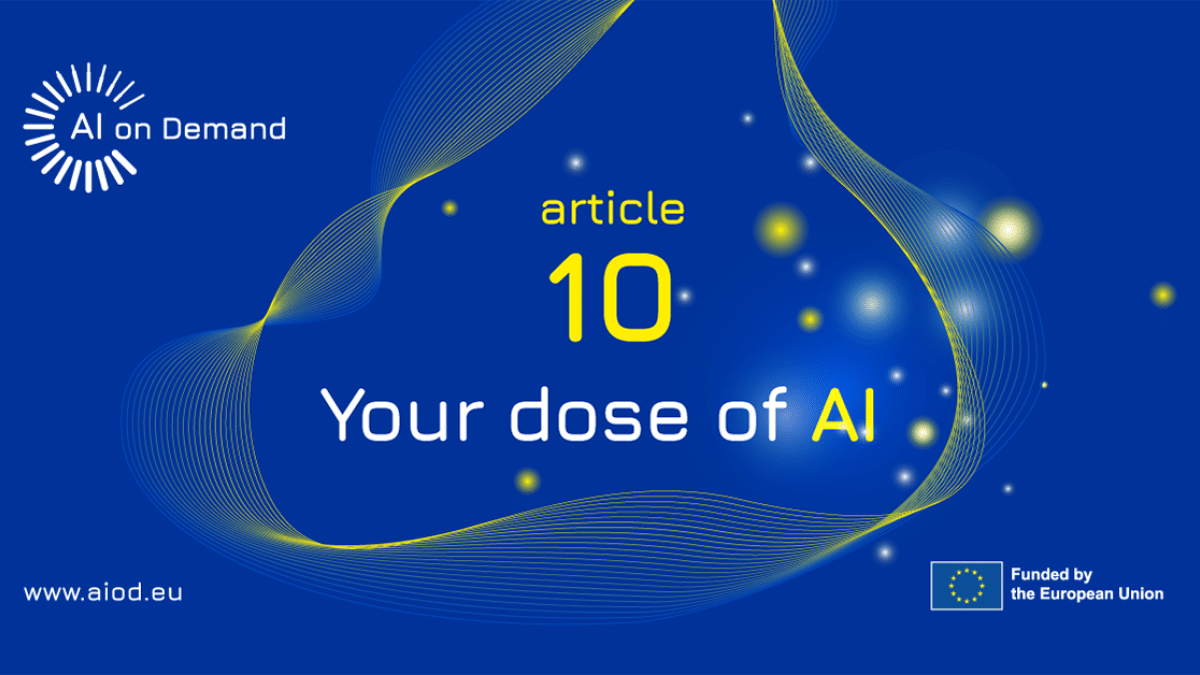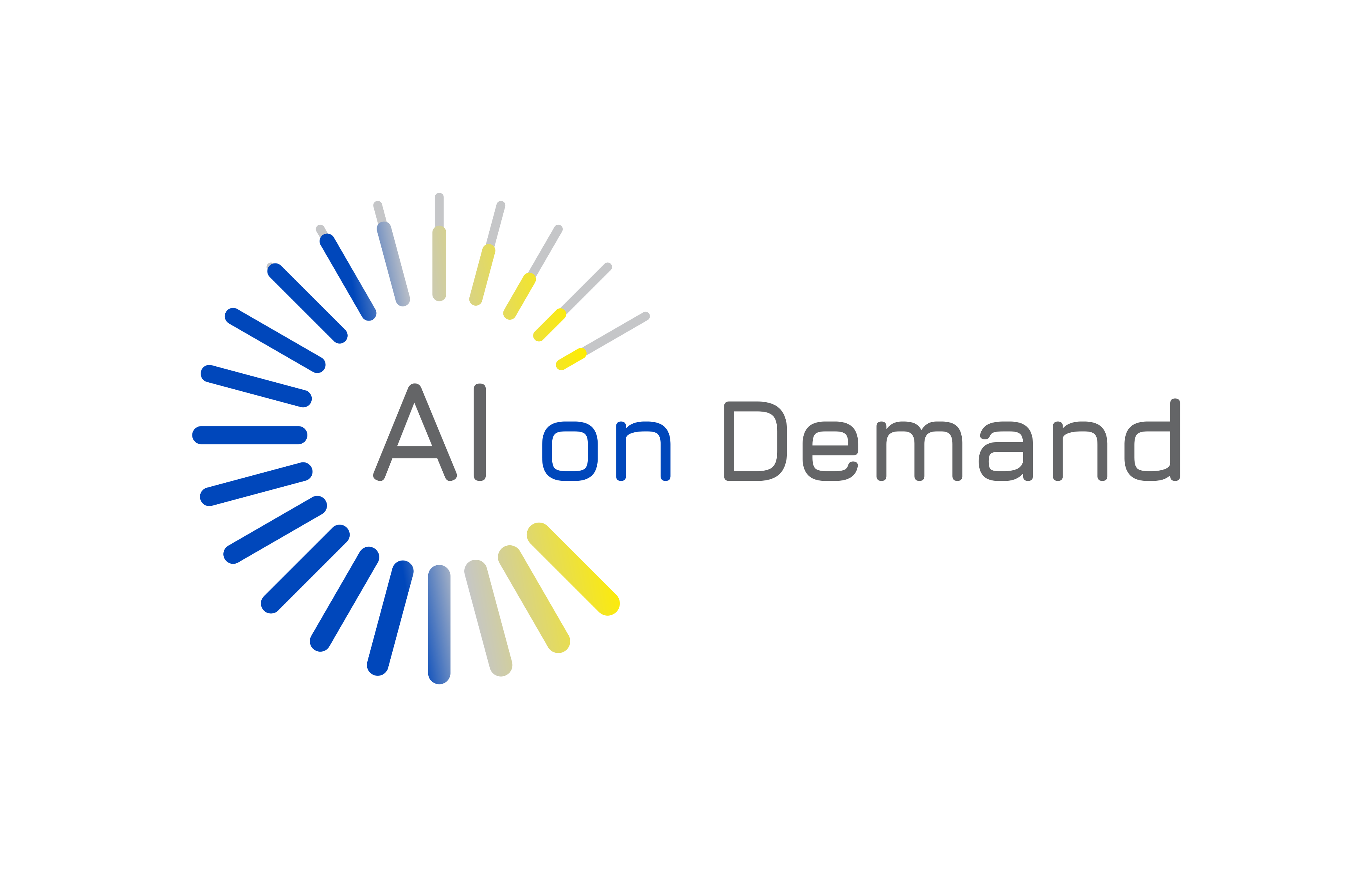How to communicate AI EU-funded projects with impact

In the crowded landscape of European-funded initiatives, your AI project might be innovative, disruptive and socially impactful, but unless people know about it, it won’t matter. Effective dissemination and communication (D&C) are not an afterthought – they’re a cornerstone of project success. Here’s a strategic guide to doing it right, based on best practices and real insights from the field.
1. Define a clear communication strategy
Start early. A strong D&C plan should be developed at the project’s inception. Define your tone of voice, outline your project’s marketing funnel (from awareness to advocacy) and align activities with key milestones. A good plan is more than a Gantt chart; it’s a roadmap that keeps your messaging consistent and impactful throughout the project’s lifecycle.
2. Know your audience
One-size-fits-all doesn’t work. Segment your stakeholders (policy makers, researchers, industry players and the general public) and craft tailored personas. What do they care about? How do they behave online? What do you want them to think, feel or do after encountering your content?
Once you understand your audiences, match each with the most effective channels – LinkedIn for researchers and industry? TikTok for young citizens? Newsletters for public authorities?
3. Build a strong visual identity
Your project is a brand. Develop a consistent visual identity with logos, colours, fonts and templates. Package this in a brandbook that all partners can use. A polished visual identity boosts recognition and professionalism – two things the public loves.
4. Use the right digital channels
Digital communication isn’t just about being present online – it’s about being strategic and engaging. Start by maintaining an up-to-date and accessible project website or landing page that is mobile-friendly, with clear navigation and features to allow for user engagement. This is your digital home base, where visitors can find everything from objectives and partners to events, deliverables and news.
Next, choose the right social media platforms to reach your audiences(e.g., LinkedIn, X (Twitter), YouTube, Instagram, etc.) and tailor your content accordingly.
Diversify the formats used in these digital channels to keep it engaging and digestible:
- Videos: Short explainers, interviews, event highlights or storytelling mini-docs bring your project to life.
- Animations: Perfect for simplifying complex AI concepts or illustrating use cases.
- Infographics, booklets and factsheets: Summarise key messages or results in a visual and shareable way.
- Newsletters and blogs: Offer regular updates and deep dives into project progress.
Go beyond just publishing content. Engage actively by responding to comments, reposting relevant content and interacting with thematic communities or clusters.
By using the full spectrum of digital tools – websites, multimedia, and interactive formats – you can significantly increase your project’s visibility and stakeholder engagement.
5. Tell stories, not just facts
Storytelling humanises your project. Highlight real-world benefits, showcase testimonials from beneficiaries and share behind-the-scenes moments. Show empathy. Be transparent. Celebrate not just your successes but also your challenges and lessons learned.
6. Involve stakeholders from day one
Don’t wait for the final event to talk to stakeholders. Involve them through surveys, workshops or regular updates. Co-creation fosters trust and ensures your work stays relevant to the people it aims to serve.
7. Prioritise accessibility and inclusivity
Speak clearly. Use plain language, accessible design and multilingual materials. Make sure your content meets accessibility standards, especially for those with disabilities. When it comes to websites, integrating tools like the UserWay Accessibility Widget can make a big difference. This plugin allows users to adjust contrast, text size, reading aids and more, enhancing usability for people with disabilities and aligning your site with WCAG standards. Inclusivity is not just a checkbox – it broadens your impact.
8. Monitor, evaluate, adapt
Set KPIs for communication (website traffic, social media engagement, newsletter clicks, etc.), and track them consistently. Collect feedback and be ready to pivot. Regularly ask your partners for information about the D&C actions they have been implementing. A data-informed D&C strategy is more effective and helps justify your efforts to the EU.
9. Collaborate with other projects
Don’t work in a vacuum. Identify synergies with sister projects and join forces for events, campaigns or publications. This not only expands your audience, but it also builds stronger networks and shares the workload.
10. Go beyond the project lifetime
Sustainability in communication matters. Plan for post-project visibility: keep your website alive, archive key materials, and ensure results remain accessible. Collaborate with newsletters and platforms with high traffic and take advantage of all the European Commission channels. This enhances the long-term value of your outputs.
Bonus: Use AI-on-Demand (AIoD) outreach services
Projects in the AI domain can amplify their communication through the AIoD platform. From social media promotion and newsletter features to press release distribution and event co-organisation, AIoD offers a structured ecosystem to ensure your project gets the attention it deserves.
You can:
- Create a profile on the AIoD platform.
- Upload relevant content, such as news, events or publications.
- Use its Website Builder.
- Request visibility support via the communication team.
Final thoughts
Dissemination and communication aren’t just about ticking boxes – they’re about ensuring your work leaves a mark. In an AI-driven world, how you talk about your innovation is just as important as the innovation itself.
As the saying goes: “If you built it, they won’t come… until you talk about it.”
Author: Joana Martinheira (LOBA)



